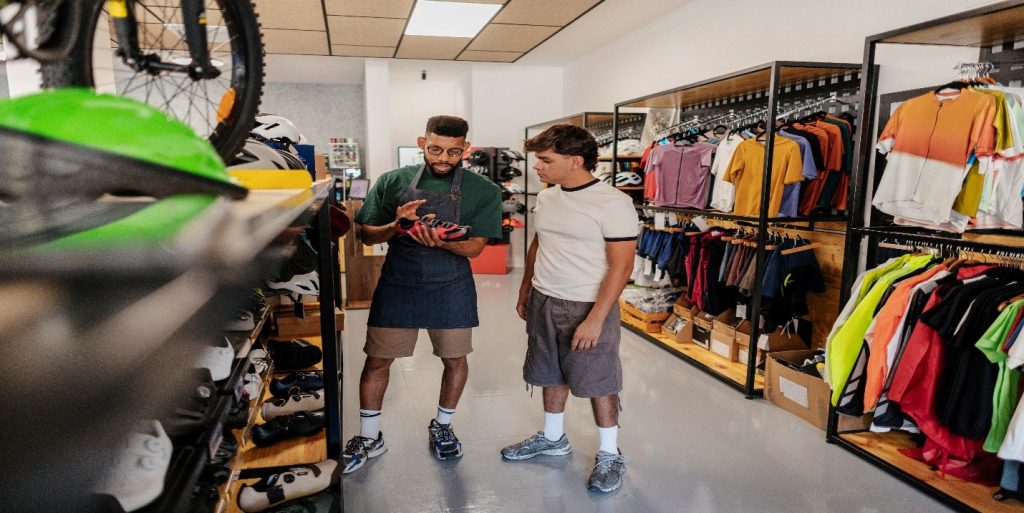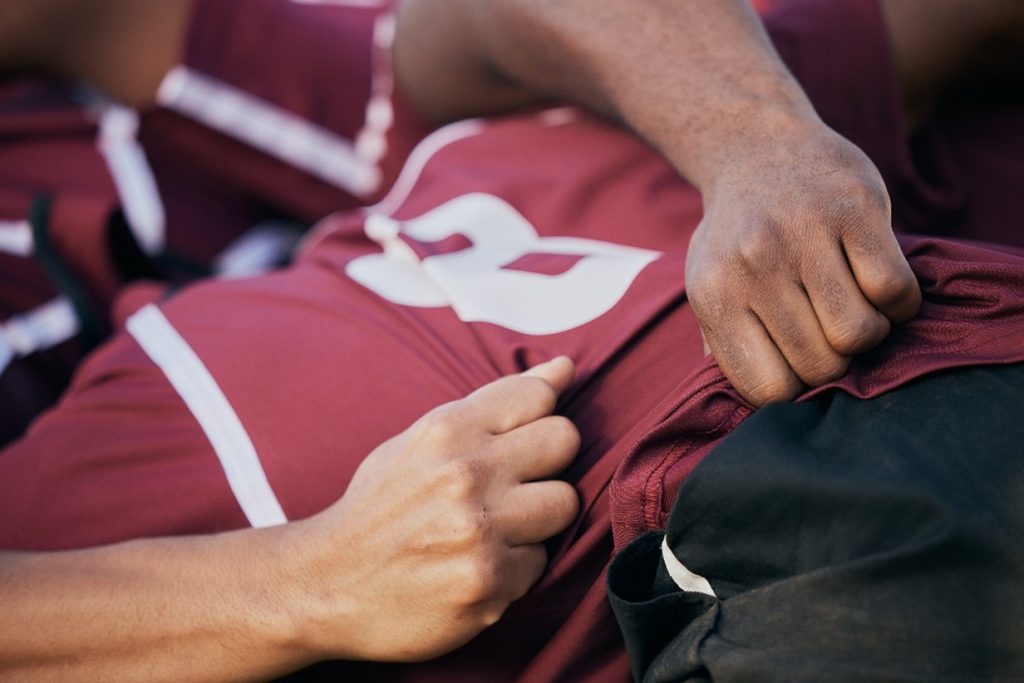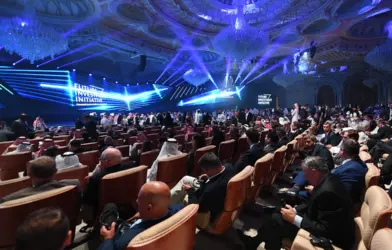A jersey is never just fabric and thread. It is a badge of belonging, a symbol of loyalty, and for clubs, a business strategy stitched together. In modern sport, merchandise has evolved from simple fan souvenirs into a billion-dollar industry that rivals broadcasting and sponsorship. What began with replica shirts has grown into a universe of branded sneakers, headphones, fashion lines, and even luxury collaborations. Today, the sports logo is as powerful as the trophy itself.
From the Stands to the Shops
In the early decades of professional sport, jerseys existed for players, not supporters. Fans showed their loyalty by turning up at the stadium. That began to change in the mid-20th century, when clubs realized that supporters wanted to look like the heroes on the pitch. The sale of replica shirts took off, first in football and later in basketball, baseball, and hockey.
Television supercharged the trend. The global broadcasts of the World Cup, the rise of the NBA, and the global stardom of athletes like Pelé, Michael Jordan, and David Beckham turned jerseys into international commodities. What started as matchday apparel became fashion.
The Power of the Logo
Behind every successful merchandise strategy is the logo. Once a local emblem, club crests and team insignias are now international trademarks. Barcelona’s crest, the New York Yankees’ iconic “NY,” and Manchester United’s red devil are as recognizable as the Nike swoosh or the Apple logo.
This power translates into sales far beyond the stadium gates. Fans buy scarves, mugs, and flags, but clubs also license their logos to headphones, backpacks, even fragrances. The philosophy is simple: if you can put a logo on it, you can sell it. And every sale strengthens the bond between club and consumer.

Fashion Meets the Field
The real game-changer has been the crossover between sport and lifestyle branding. Clubs and leagues have moved into fashion runways and streetwear culture, blurring the line between fandom and lifestyle.
- Paris Saint-Germain (PSG) has become the poster child for this trend. Its collaboration with Jordan Brand turned the French club into a global fashion powerhouse, with jerseys selling in boutiques far beyond Paris.
- NBA “City Edition” jerseys, designed by Nike, celebrate local culture and creativity while boosting sales by appealing to both hardcore fans and casual consumers.
- Juventus and Adidas have created sleek black-and-white collections that sell as much for their style as for their sporting connection.
These partnerships prove that clubs are no longer just sports teams; they are lifestyle brands competing with global fashion houses for cultural relevance.
Counting the Billions
The economics of merchandise are staggering. For elite clubs, merchandise sits alongside broadcasting rights and sponsorship as one of the “big three” sources of income.
Smaller clubs also benefit. While they may not sell shirts in Asia or America, merchandise provides them with steady income and stronger fan engagement. For a mid-table team, a scarf or jersey sale is not just a transaction, it is an investment in long-term loyalty.
The Other Side of the Game
Of course, the merchandise boom is not without criticism. Replica jerseys often cost upwards of €100, sparking debates about affordability for local fans. Over-commercialization can erode tradition: crest redesigns or jersey color changes sometimes spark backlash when seen as marketing ploys.

There are also sustainability concerns. The production of fast-fashion-style merchandise leaves a heavy environmental footprint, and fans are beginning to demand greener practices from clubs and apparel partners.
Wearing Loyalty on Your Sleeve
Today, wearing a club’s logo is more than an act of fandom, it is participation in a global brand. For clubs, the challenge is to balance tradition and innovation, loyalty and profitability. For fans, the choice remains personal: a jersey is still just fabric, but when stitched with a logo, it becomes identity itself.














